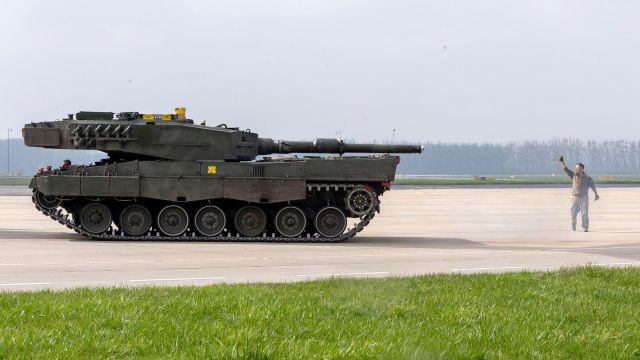MOSCOW, July 2 – RIA Novosti. The APU is actively using Western tanks, which will be involved in the upcoming general offensive. One of the most formidable machines in the arsenal is the German Leopard-2. In a number of parameters, it surpasses modern Russian analogues. But, as the experience of armed conflicts in recent decades has shown, this technique is also vulnerable.
Thinner than the T-72
So far, the Russian military has not yet come face to face with the brainchild of the "gloomy Teutonic genius". But the "Leopards" have repeatedly met in combat with domestic weapons.
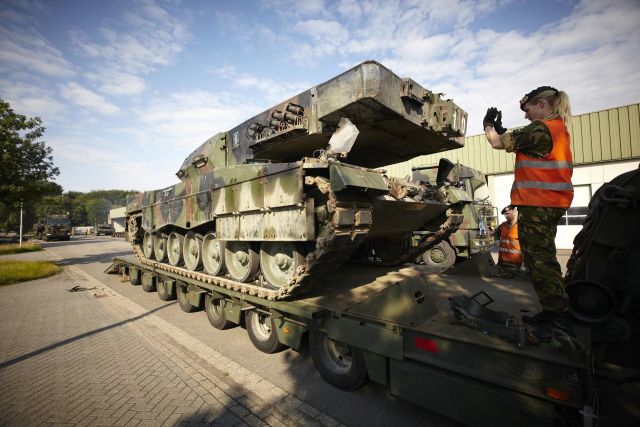
Loading of the Leopard II tank of the Armed Forces of the Netherlands
Image source: © AFP 2023 / ANP/Wim Hollemans
Tanks are in service with 15 states. These are, perhaps, the most modern of the Western models, with the exception of the American "Abrams". They were used by NATO troops in Kosovo and Afghanistan.
But Turkey is most active in northern Syria. Ankara used cars in the A4 variant (the most numerous in the APU).
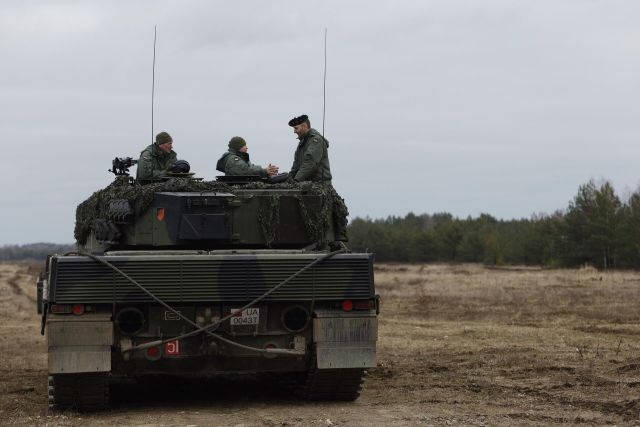
Ukrainian and Polish soldiers on a Leopard 2 tank during exercises at a military base in Świętoszów, Poland
Image Source: © AP Photo / Michal Dyjuk
This model was the last modification of the Leopard 2 during the Cold War. It was intended for battles with Soviet tanks and was not designed to counter armed ATGM and IED militants. Unlike subsequent modifications, the 2A4 provides rather weak protection against modern anti-tank missiles, especially when hit on board or aft. The side armor of this variant is even thinner than that of the early T-72.
The Syrian experience
In December 2016, at least 10 Turkish Leopard 2A4 were destroyed near the city of El Bab. Five tanks were successfully hit by anti-tank missiles, two were blown up by mines or IEDs, one came under artillery fire. Two more cars were lost for unknown reasons.
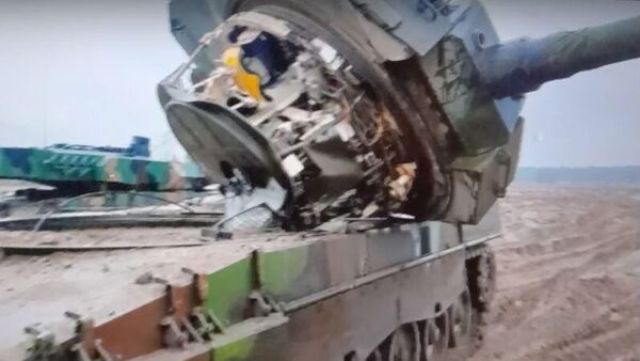
Leopard 2A4 tank with a torn-off turret. Screenshot of the video
Image source: © Porucznik Piotr Powałka YouTube Channel
Most of the equipment was destroyed by Soviet ATGMS "Fagot", "Metis" and "Competition". Their armor penetration was more than enough to disable the Leopards.
However, the operators themselves are partly to blame for such high losses. Instead of using tanks together with infantry, the vehicles were deployed in the rear as long-range guns. As a result, they, left without cover in open firing positions, were extremely vulnerable.
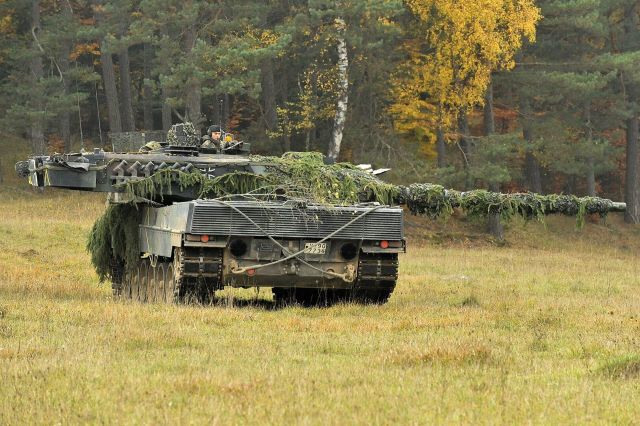
German Leopard 2 tank
Image source: © Photo : public domain / Markus Rauchenberger
Such tactics also led to numerous losses of Saudi "Abrams" in Yemen, which were also hit by seemingly outdated Soviet weapons.
Threat from the air
Today, the Russian army has much more powerful anti-tank weapons. For example, the Kornet ATGM is capable of hitting five and a half kilometers, and its tandem cumulative warhead penetrates up to 1300 millimeters of homogeneous armor. Theoretically, this is enough to successfully hit the Leopard even in the forehead.
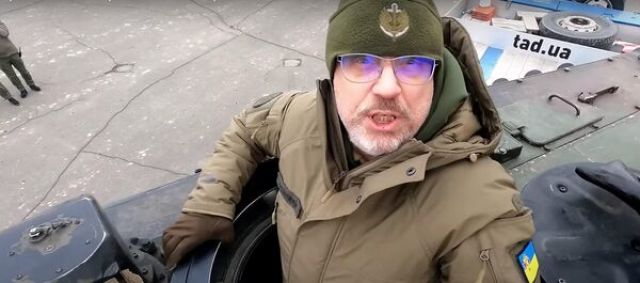
Minister of Defense of Ukraine Reznikov on a Leopard tank
Image source: © Militarnyi/Youtube
Modification 2A6, however, has a thicker frontal armor. However, the APU has few of these tanks.
But the greatest danger is not infantrymen with portable ATGMs, but attack helicopters with "Assault", "Attack" and "Whirlwind" missiles. Their range is enough to destroy equipment at the forefront, without entering the zone of operation of military air defense systems. The enemy will be forced to pull them closer to the front line, which will make them vulnerable to artillery fire. And without the "umbrella" of air defense, Ukrainian columns will become an easy target.
